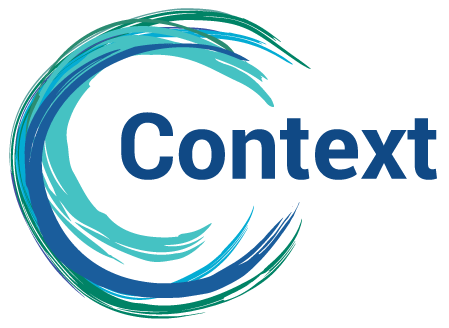Twyla Tharp’s choreography…and your leadership conversation

A photo from the premiere of Twyla Tharp’s “Yowzie”. Photo credit: Ruven Afanador
By Mary Stacey
At the intersection of artistic and leadership practice
“It could be Beethoven and the keyboard. It could be Rembrandt with the paints. It could be Hemingway with the damn typewriter. Why come back day in and day out? Why suffer the frustration? It’s because that’s where you do your work.” – Twyla Tharp
Choreographer Twyla Tharp is an inspired inventor of movement. Of fresh narratives in dance. She merges classical ballet with modern dance, and technical rigor with an off-the-cuff attitude. Rather than simply absorb technique Tharp stages a kind of dialogue with it, sometimes even an argument. She embraces and creates unexpected twists and turns in her work, and her ability to imagine what isn’t yet part of the world and then bring it to life is core to her lasting influence.[1]
I once heard a story about a CEO whose son said at the end of a take your child to work day, “Dad, all you do is sit around and talk!” The quick on his feet dad replied, “Son, I’m the Chief Conversationalist around here.” He was referring to the critical importance of all that talking and the twists and turns in his leadership conversation which, day in and day out, moved his team and company toward their future.
Leadership teams do most of their work in conversation, and the capacity to be inspired inventors of artful conversation is strongly related to how their future unfolds.
Many teams spend much of their time in discussion, which at its best involves listening for logic, advocating ideas and defending assumptions, gaining agreement on best alternatives, and making decisions that are aspirationally aligned.
Some teams develop an over-reliance on discussion. It’s as if they’re stuck in a habit of dancing on one leg. I wonder about the unconscious forces that prevent moving beyond their analytical minds to vulnerably share partially formed ideas, ask questions to which they don’t have answers, and take interpersonal risks that make them feel exposed. These teams miss the creative potential that becomes available in leadership conversation that balances discussion with dialogue.
Dialogue is worth taking time for in today’s environment of uncertainty and interconnectedness, which requires us to work in a timely way with what’s emerging in our relationships and broader context. It expands conversation beyond a linear flow of logic-to-action; enabling it to become an artful practice that includes imagining, inquiring and assumption-testing, and commitment to evolving a shared purpose that endures.
A choreographed conversation brings dialogue and discussion into balance. Far from being prescriptive, it creates a container where conversations can be both designed and emergent and team members can be their most imaginative and incisive.
During our annual Burren Executive Leadership Retreat leaders expand their capacity to host conversation by engaging humble inquiry: the fine art of drawing someone out, asking questions to which they do not already know the answer, and based on curiosity and interest in the other person. [2] In this place, they find new ease in working with myriad and ever-present creative tensions of leadership, strengthening relationships and collective intelligence along the way.
Here are a few practices you can experiment with:
Find choice-points – When you begin any meeting ask yourself, “What kind of conversation does this need to be?” This short pause triggers a mindful starting place, allowing you to discern where you need to be as the conversation evolves. From here you can move flexibly between dialogue and discussion, repeatedly expanding ‘out’ to dialogue and focusing ‘in’ to discussion, developing what Rosabeth Moss Kantor calls the capacity to zoom in and zoom out. Zoomed out, release the need for specific outcomes. Set aside certainties, give up the need for control, and be open to truly receive what others have to say. Zoom in to make higher quality decisions that will benefit from greater commitment and systems-sight.
Attend to aesthetics – We all know the influence that windowless, florescent-lit, board-room environments have on our energy and participation. Artful leaders attend to this and more. A sense of spaciousness allows un-hurried inquiry and shared meaning to emerge. This can feel like slowness, silence, wandering, fluidity–and can initially can be quite uncomfortable for some. A sense of coherence emerges when conditions come into deep alignment, as when dialogue and discussion stay on their ‘upsides’: dialogue doesn’t ‘lose the plot’ and discussion doesn’t ‘spiral down’ to win-lose debate.
Integrate multiple perspectives – Artful leaders find timely action that has the power to change everything. This capacity comes when you have an ability to hold a guiding intention while embracing the creative tensions, complex social dynamics, and practical considerations that are inherent in every leadership conversation. This moment-to-moment awareness allows you to embrace and create unexpected twists and turns. Phew.
Leadership conversation offers a vast territory for exploring at the intersection of artistic and leadership practice. Moving between dialogue and discussion we create much more than balance: we innovate a vibrant dance between advocacy and inquiry, competence and capacity, mastery and maturity, the personal and collective, and performance and presence.
- The Guardian
- Edgar H. Schein
- Rosabeth Moss Kantor
- Burren Executive Leadership Retreat at burrenleadership.org

